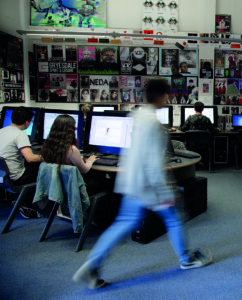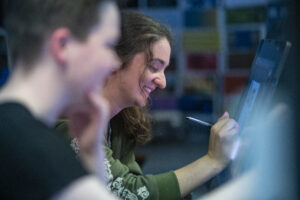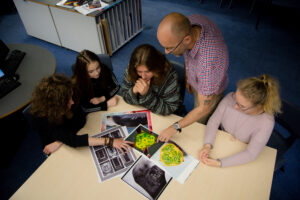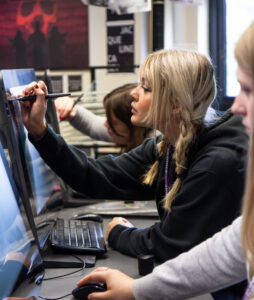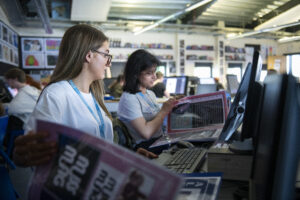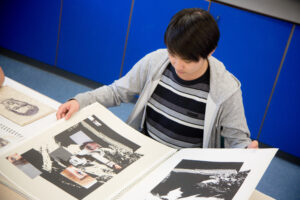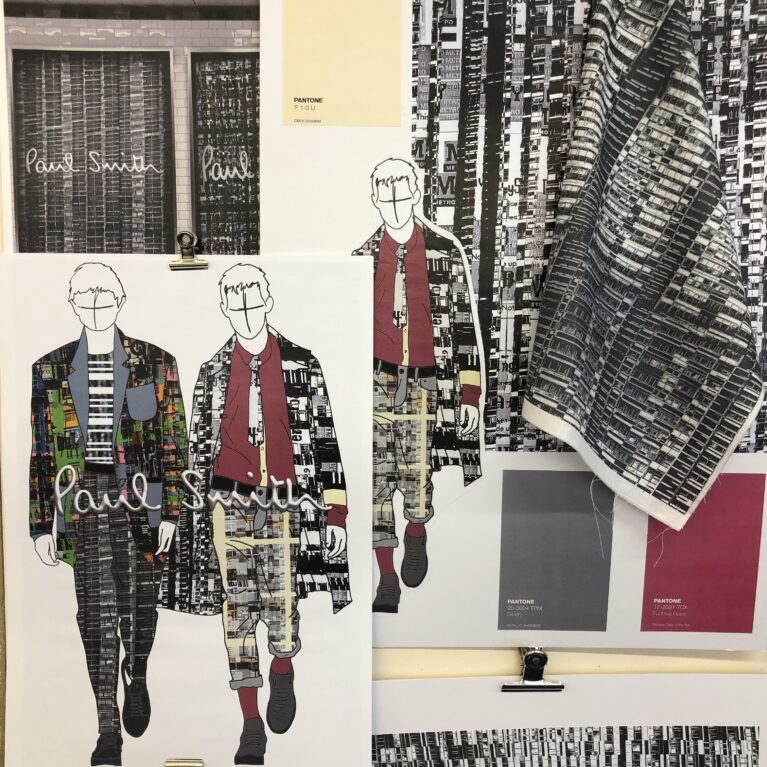Students are given a wide range of design briefs to work from in the early stages of the course to develop their understanding of graphic design. They learn how to work through the full design process leading to successfully presenting final outcomes within commercial settings. These initial experiences of working across design briefs supports students with creating their own project briefs as they begin their two A level components.
Students will be required to demonstrate skills in all of the following:
- Understanding of art elements and design principles in relation to each design brief.
- Awareness of intended audience and client requirements when working within a project brief.
- Ability to respond to an issue, concept or idea, working to a brief within a chosen areas of graphic communication.
- Understanding of brand identity, brand assets and typography to inform their own ideas.
- Ability to work to a personalised design brief, communicating intentions within digital and physical portfolios.
- Understanding of a variety of materials and genres appropriate to their chosen area(s) of graphic design.

